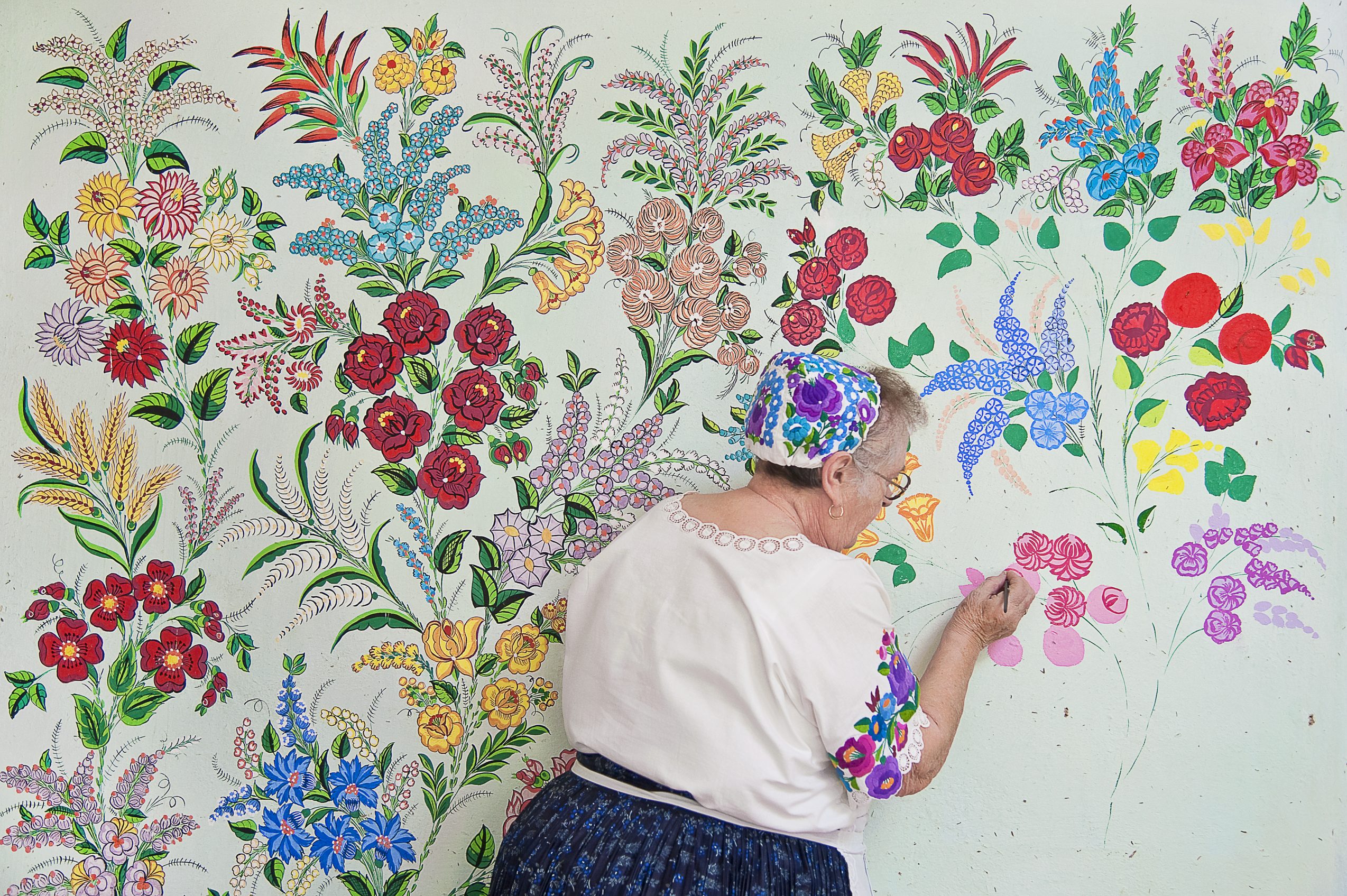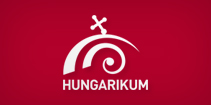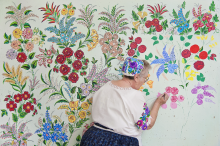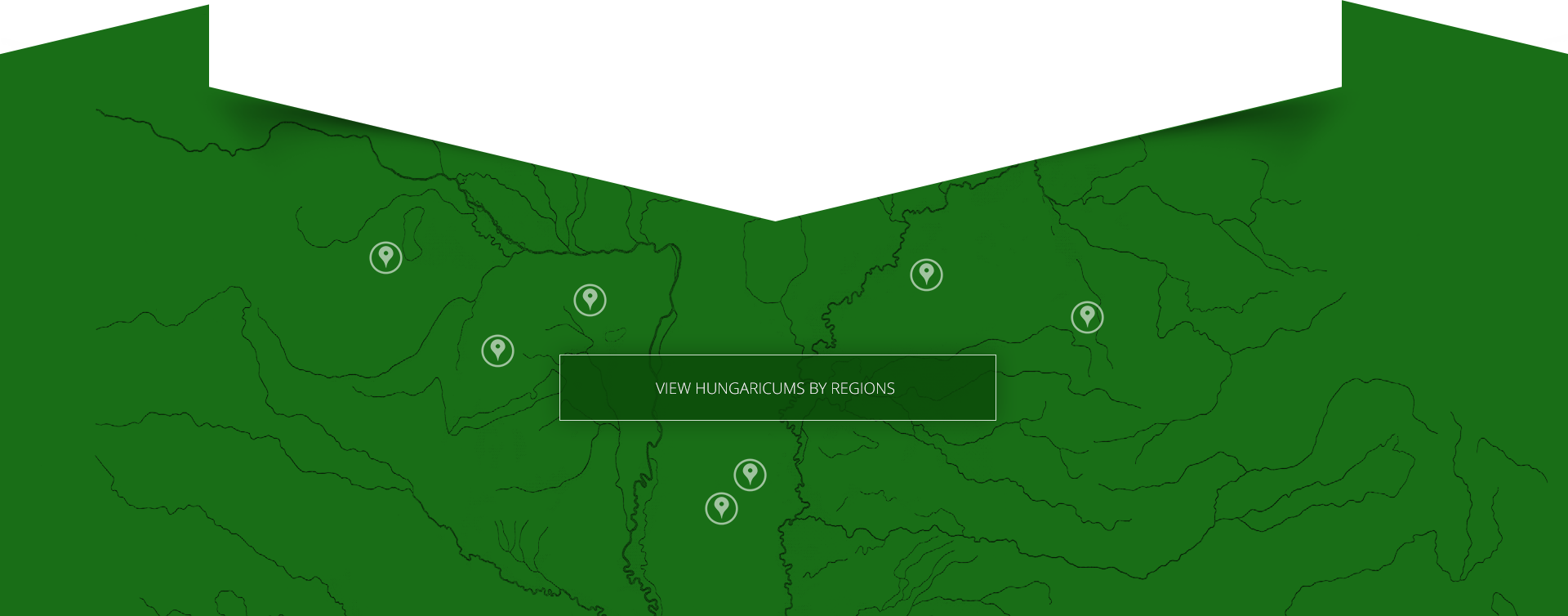Kalocsa folk art – drawing, embroidery and wall painting

Short description:
The Kalocsa embroidery and wall-painting with coloured flowers is known in many places and is often thought to be the Hungarian folk art. This artistic activity is a special component of the traditional peasant culture of the villages that developed around Kalocsa in the 18th–19th century: Drágszél, Homokmégy, Öregcsertő, Szakmár, Újtelek, and their related parts. Women - who are still writing, wall-painting and embroidering, carry and maintain the traditions of the Kalocsa folk art. The tradition preserving and folklore groups, the museum, the folk art house will keep the Kalocsa identity determined as folk art. Kalocsa and its former residents have always been committed to their art. They have created numerous occasions to present their clothes and dances (Midsummer’s Night Feast, Danube Folklore Festival, Kalocsa Paprika Days, village days, harvest balls). These events are attended by everyone from the youngest to oldest generations and also ideal occasions to pass on inheritable components of the culture. Tradition has an important role in the life of the city.
Tags: kalocsa, népművészet, hímzés, írás, pingálás, hungarikum






